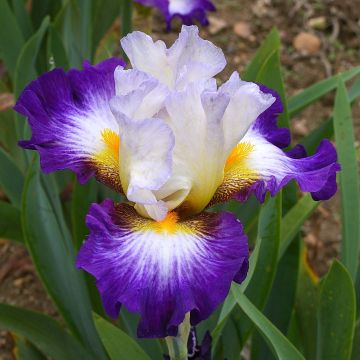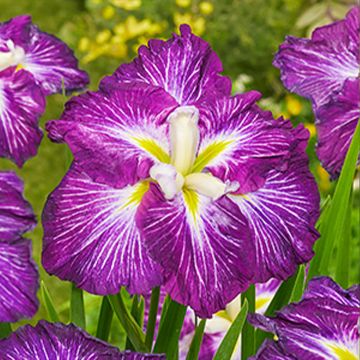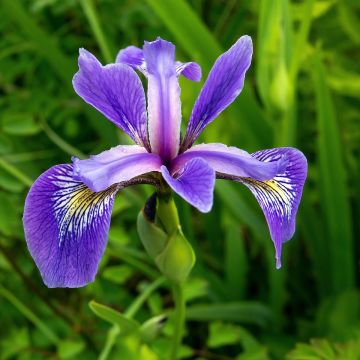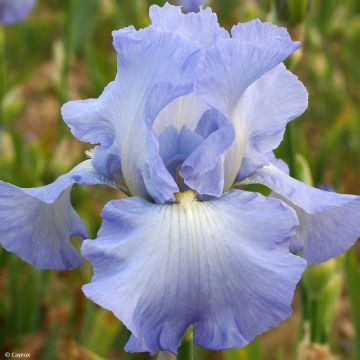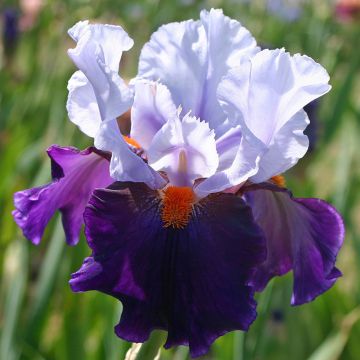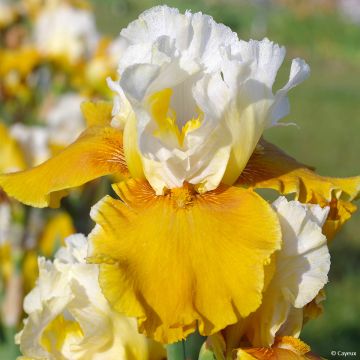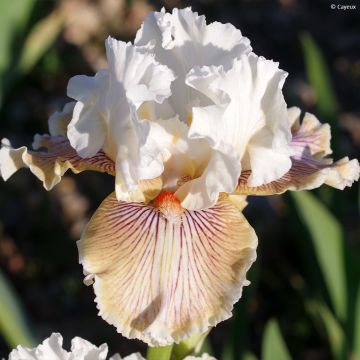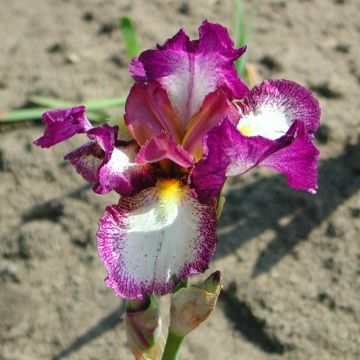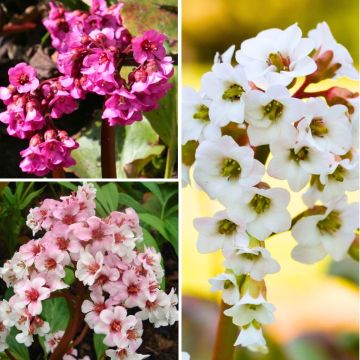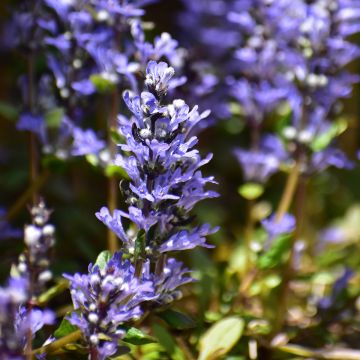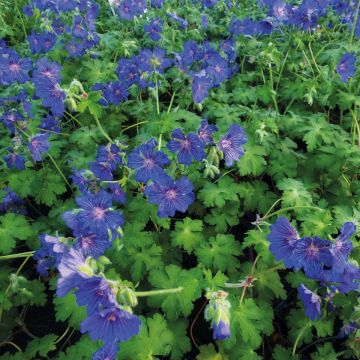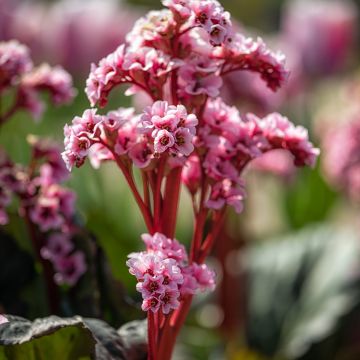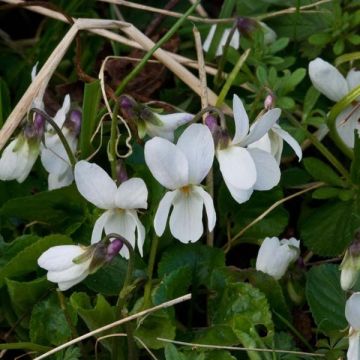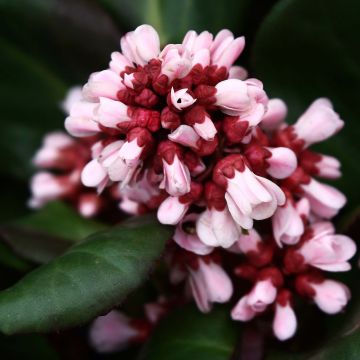

Iris tectorum
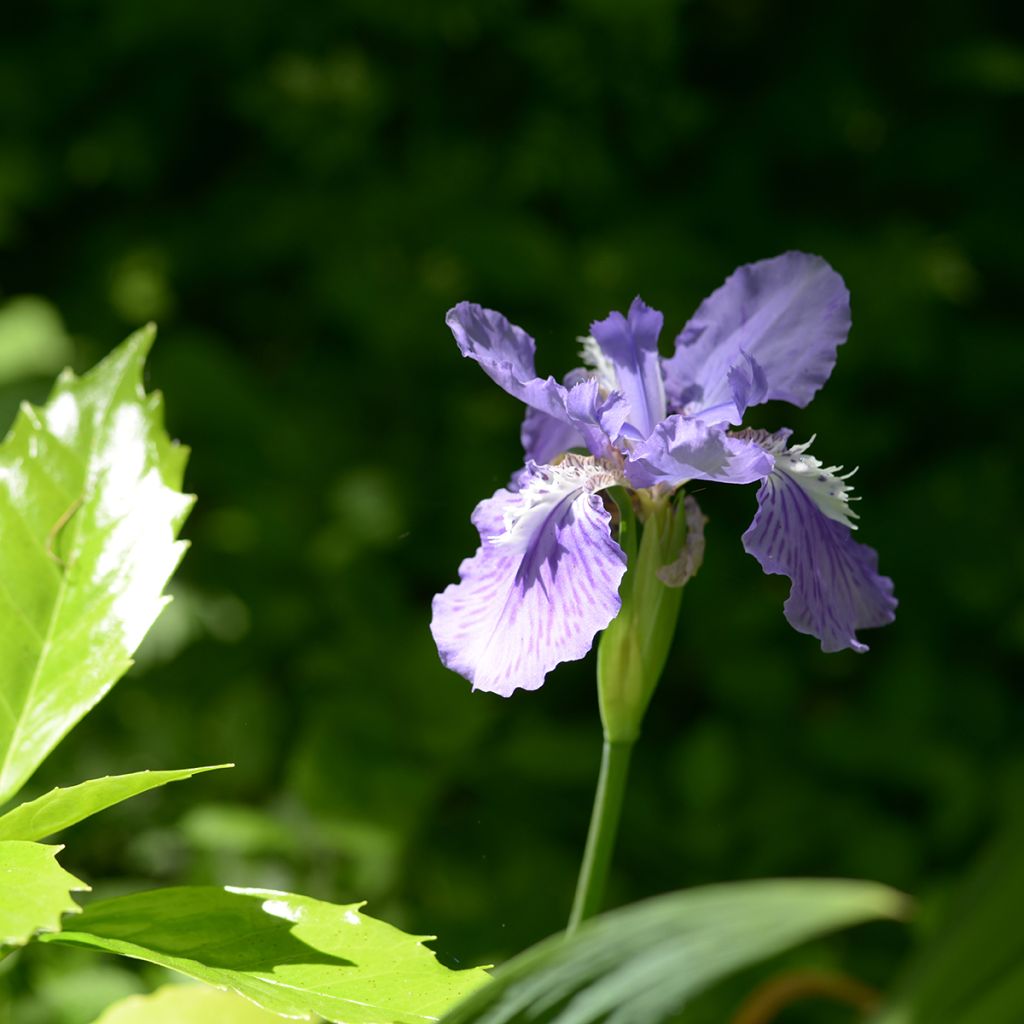

Iris tectorum


Iris tectorum
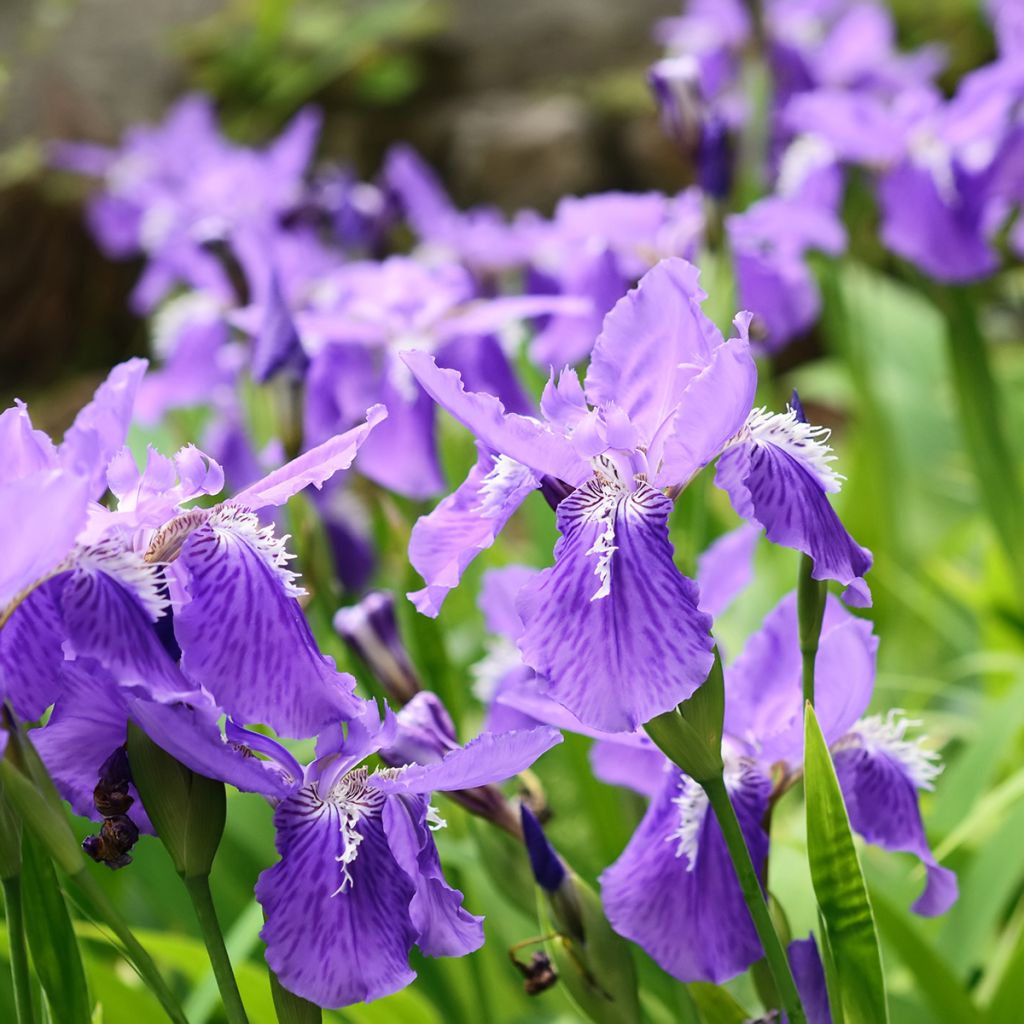

Iris tectorum


Iris tectorum
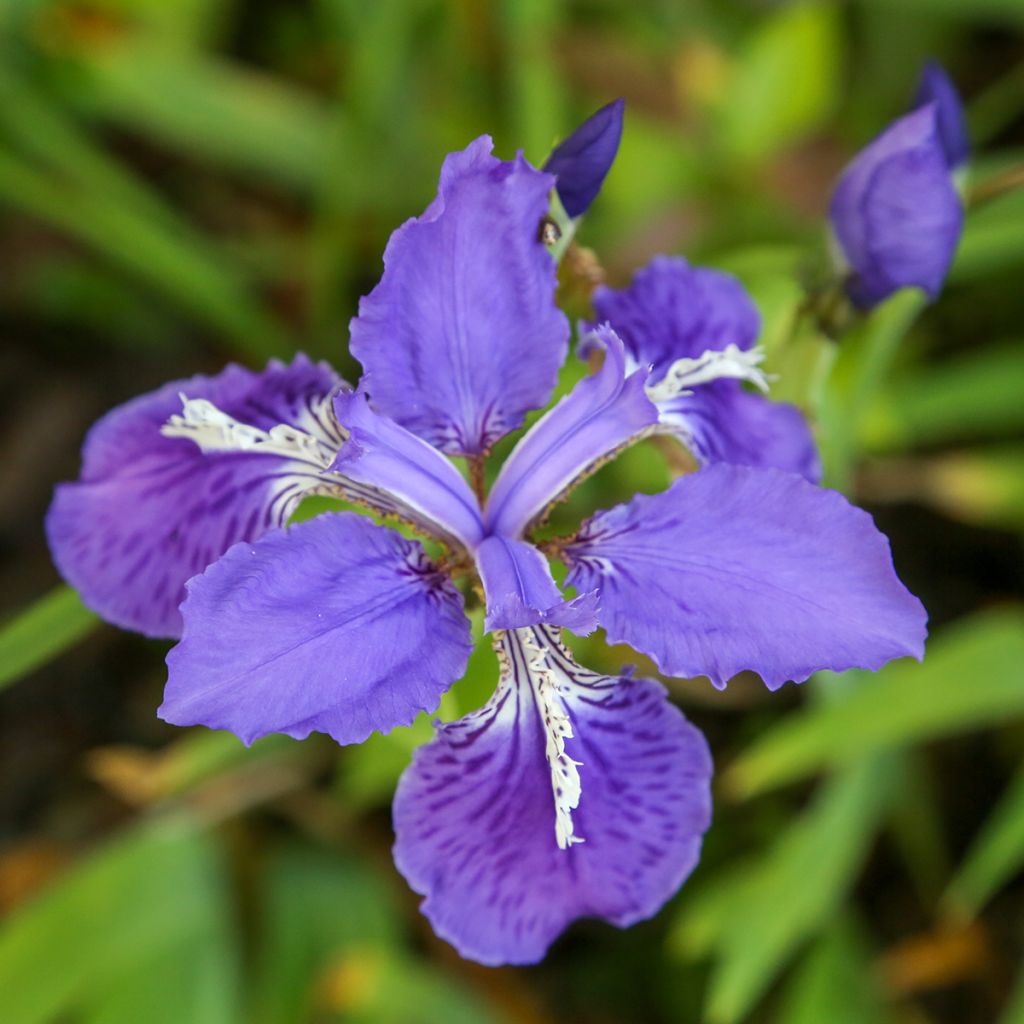

Iris tectorum
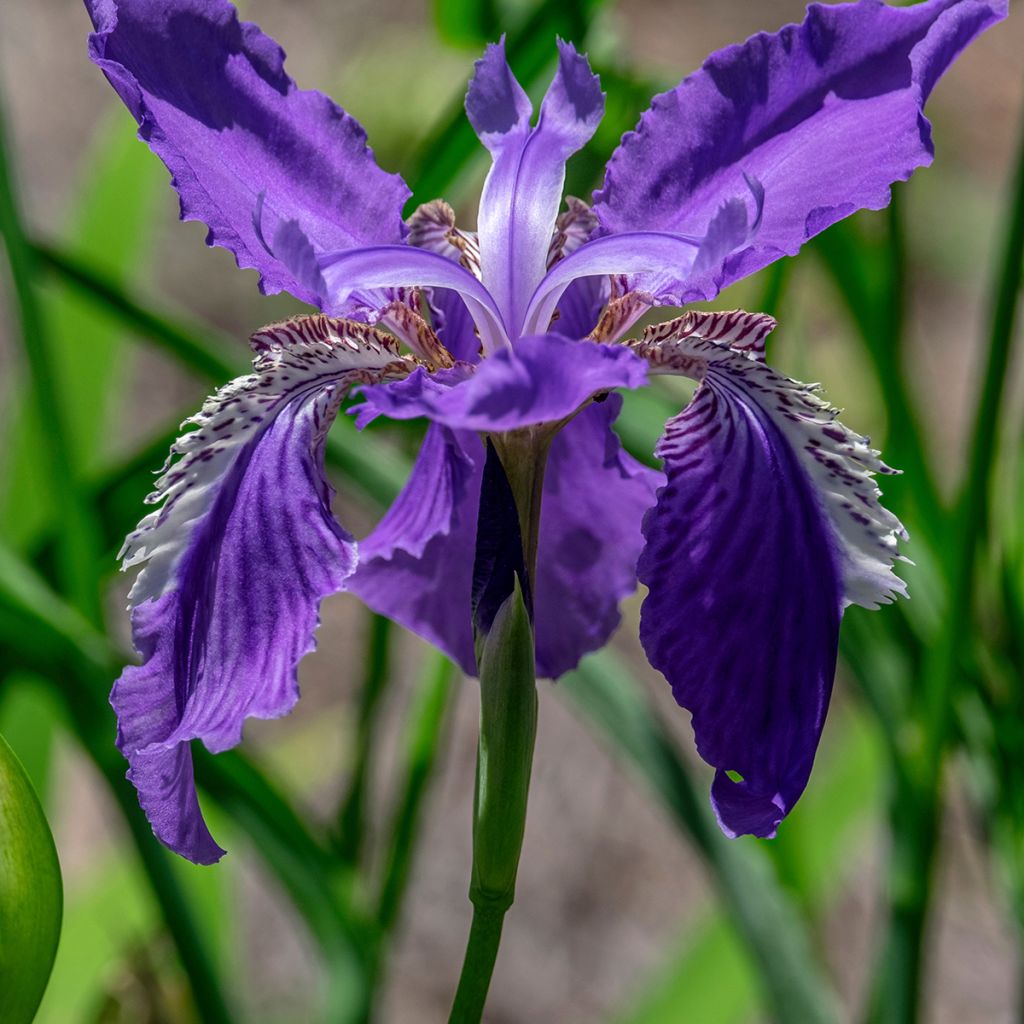

Iris tectorum
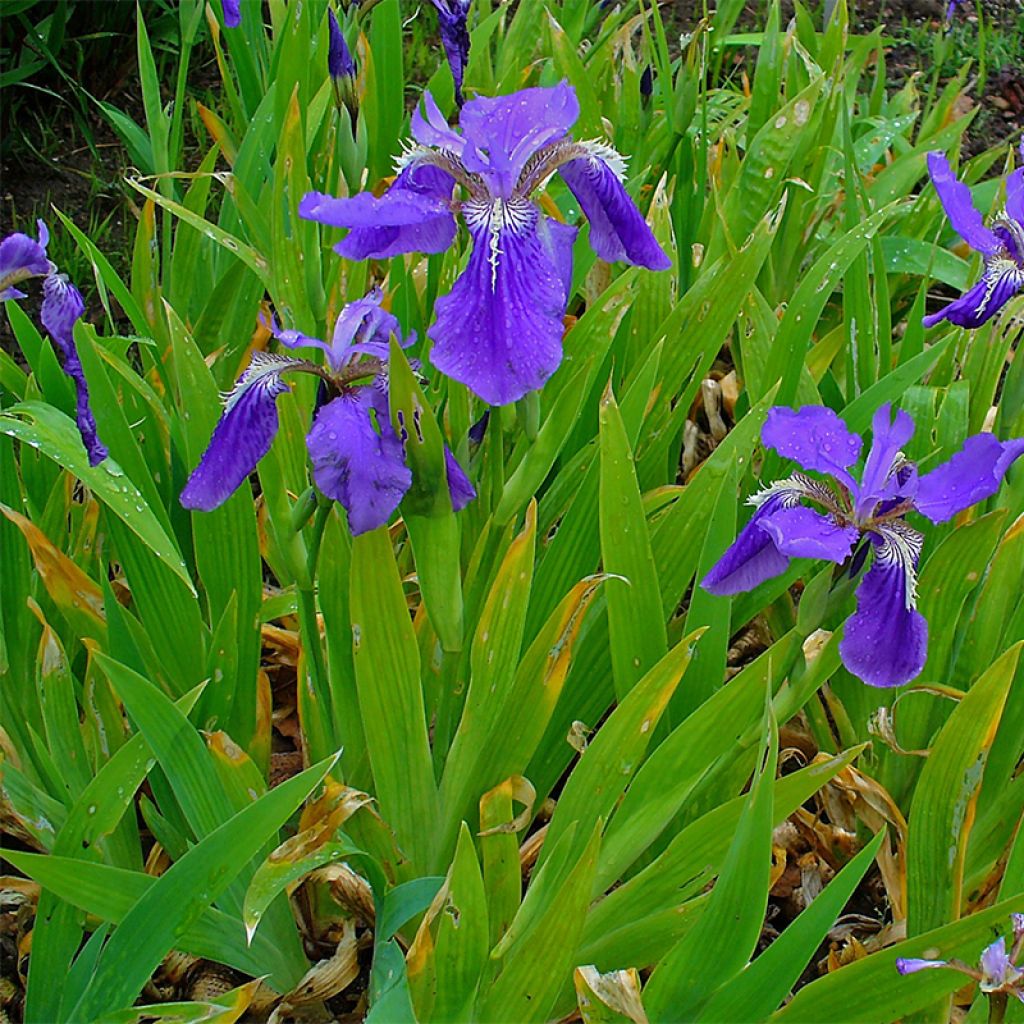

Iris tectorum
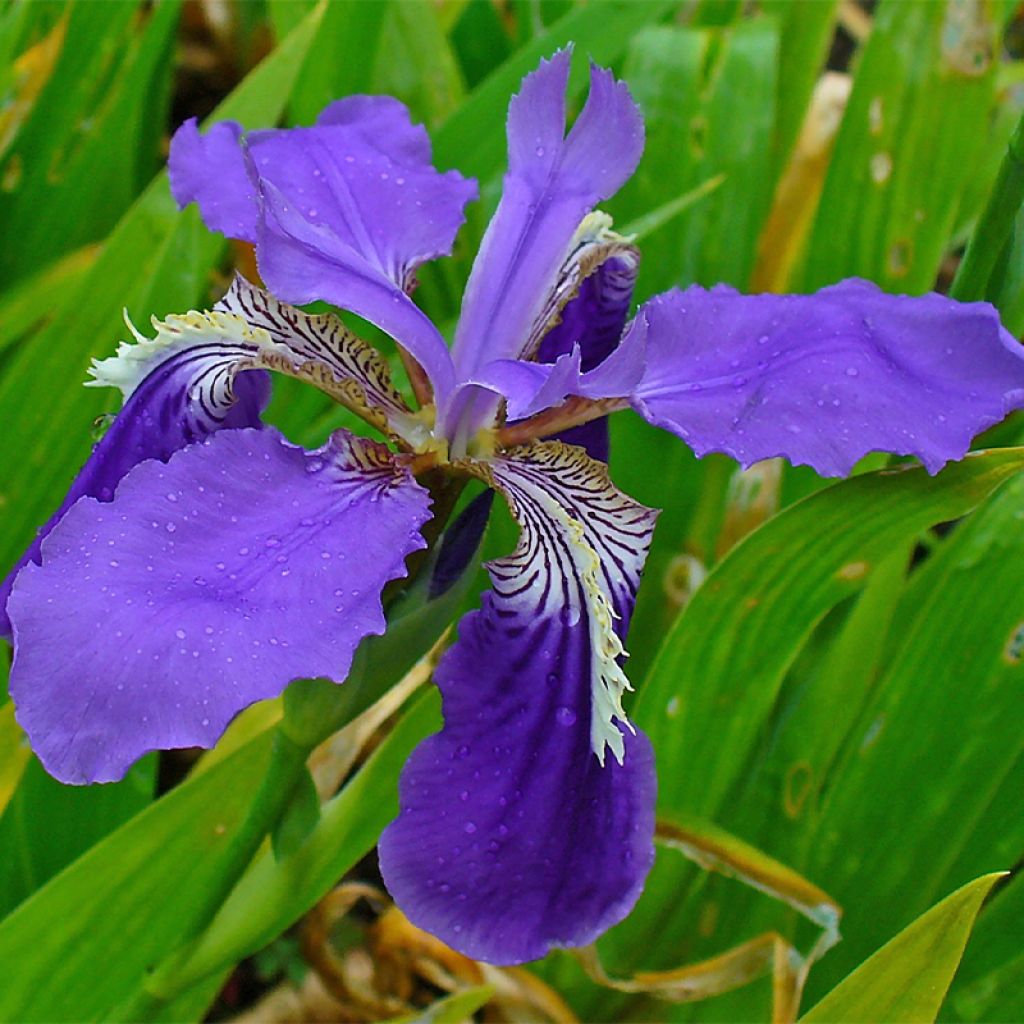

Iris tectorum
Iris tectorum
Iris tectorum
Japanese roof Iris, Roof Iris, Wall Iris, Wall Flag
Doesn't develop much, no flowering.
Christophe, 02/08/2022
Special offer!
Receive a €20 voucher for any order over €90 (excluding delivery costs, credit notes, and plastic-free options)!
1- Add your favorite plants to your cart.
2- Once you have reached €90, confirm your order (you can even choose the delivery date!).
3- As soon as your order is shipped, you will receive an email containing your voucher code, valid for 3 months (90 days).
Your voucher is unique and can only be used once, for any order with a minimum value of €20, excluding delivery costs.
Can be combined with other current offers, non-divisible and non-refundable.
Home or relay delivery (depending on size and destination)
Schedule delivery date,
and select date in basket
This plant carries a 12 months recovery warranty
More information
We guarantee the quality of our plants for a full growing cycle, and will replace at our expense any plant that fails to recover under normal climatic and planting conditions.
Would this plant suit my garden?
Set up your Plantfit profile →
Description
Iris tectorum, also known as roof iris, is an Asian botanical species that has been cultivated for a long time on the thatched roofs of Japanese and Chinese houses. This rhizomatous perennial forms beautiful clumps of bright green foliage over time, which is evergreen in winter depending on the climate. Its large, flat iris flowers display a beautiful lavender-violet colour that stands out magnificently in partial shade, just like its spring green foliage. It is an elegant plant and quite easy to grow in humus-rich soil that is not too dry in summer.
Iris tectorum belongs to the Iridaceae family and to the group of beardless, crested irises. It is probably native to China, Korea, and Japan. In the wild, it is found up to 3,500m (11483ft) altitude, mainly in clear undergrowth, but also along riverbanks. It can also be observed in China along roadsides and on steep slopes. It prefers dry winters and long, hot, and humid summers, but adapts wherever summers are well marked. It is a perennial plant with thick and creeping rhizomes that forms a clump up to 45cm (18in) tall when in flower, with a theoretically unlimited spread. The leaves are sword-shaped, flexible, bright green, and arranged in fans. They persist in winter if it is not too cold. In dry summers, the plant goes dormant and its foliage dries up. Flowering generally occurs in May. Branched cylindrical flower stalks emerge from the foliage, each one bearing 1 to 3 flowers. The flowers are 8 to 10cm (3 to 4in) wide. Each one consists of 3 large sepals with an erect and fringed crest and 3 smaller inner petals. The sepals are a vivid mauve speckled with violet and veined with white towards the throat.
The roof iris is a beautiful plant for partial shade or non-burning sun. It is versatile and easier to pair than garden irises. It is elegant in undergrowth, superb near water features, highly decorative in a naturalistic bed, and unique in a slightly cool rockery. It can be paired with periwinkles, Caucasian forget-me-nots, dead nettles, bergenia, epimediums, and bigroot geraniums. Beside water features, it can accompany Siberian iris and female fern. for example. This iris is grown like Japanese iris.
Report an error about the product description
Iris tectorum in pictures
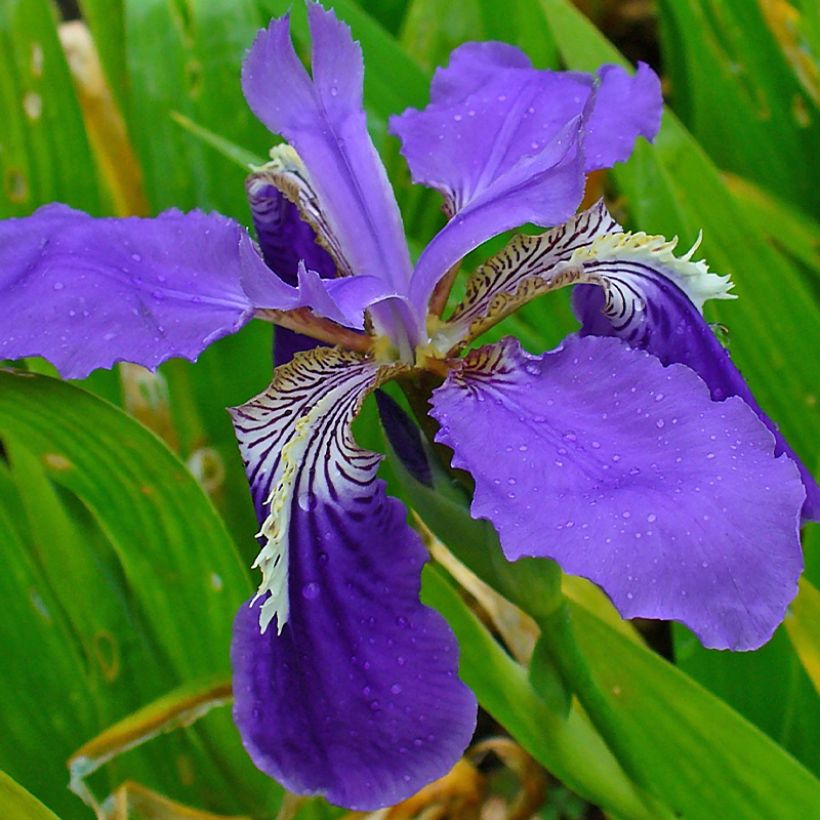

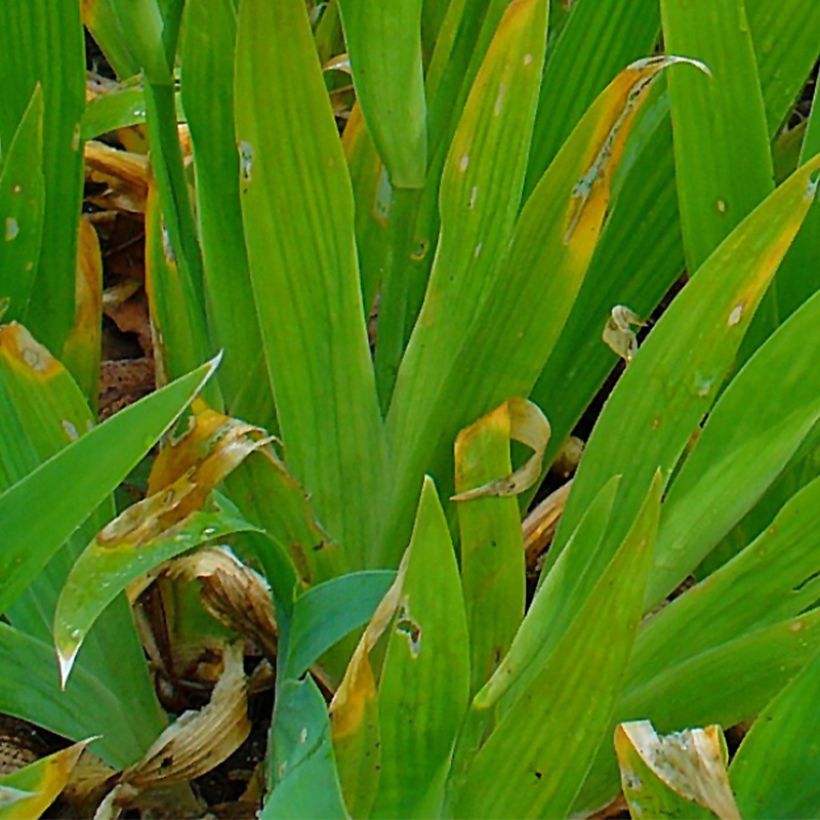

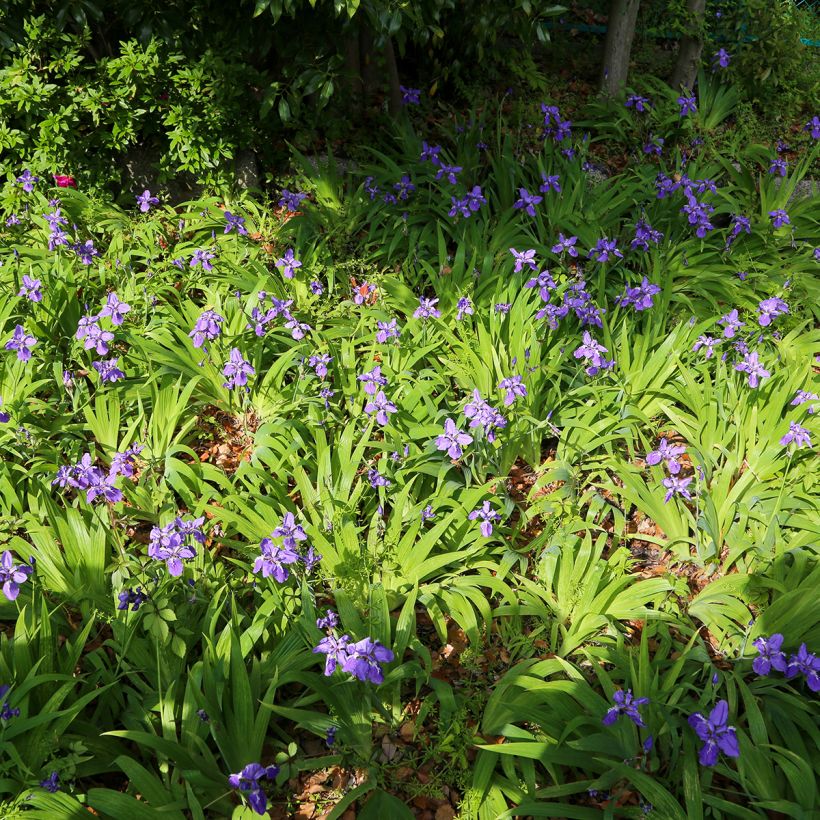

Flowering
Foliage
Plant habit
Botanical data
Iris
tectorum
Iridaceae
Japanese roof Iris, Roof Iris, Wall Iris, Wall Flag
China
Other Iris A to Z
View all →Planting and care
It prefers partial shade or non-burning sun. It likes humus-rich soils in the understory, which are slightly acidic to neutral and light. This plant tolerates some drought, but still prefers soils that remain slightly moist in summer. Heavy soils, which remain waterlogged in winter, harm its hardiness. In well-drained soil, it can withstand -15°C (5°F). It needs fairly long and rather warm summers (but not too dry) to flower well, as its rhizomes need to 'cook' to induce flower production. In England, this iris sometimes struggles to flower, depending on the year. Remove the faded stems after flowering, as this helps the plant survive the winter. Very dry summers put the plant into dormancy, which also harms the following spring's flowering.
Planting period
Intended location
Care
-
, onOrder confirmed
Reply from on Promesse de fleurs
Similar products
Haven't found what you were looking for?
Hardiness is the lowest winter temperature a plant can endure without suffering serious damage or even dying. However, hardiness is affected by location (a sheltered area, such as a patio), protection (winter cover) and soil type (hardiness is improved by well-drained soil).

Photo Sharing Terms & Conditions
In order to encourage gardeners to interact and share their experiences, Promesse de fleurs offers various media enabling content to be uploaded onto its Site - in particular via the ‘Photo sharing’ module.
The User agrees to refrain from:
- Posting any content that is illegal, prejudicial, insulting, racist, inciteful to hatred, revisionist, contrary to public decency, that infringes on privacy or on the privacy rights of third parties, in particular the publicity rights of persons and goods, intellectual property rights, or the right to privacy.
- Submitting content on behalf of a third party;
- Impersonate the identity of a third party and/or publish any personal information about a third party;
In general, the User undertakes to refrain from any unethical behaviour.
All Content (in particular text, comments, files, images, photos, videos, creative works, etc.), which may be subject to property or intellectual property rights, image or other private rights, shall remain the property of the User, subject to the limited rights granted by the terms of the licence granted by Promesse de fleurs as stated below. Users are at liberty to publish or not to publish such Content on the Site, notably via the ‘Photo Sharing’ facility, and accept that this Content shall be made public and freely accessible, notably on the Internet.
Users further acknowledge, undertake to have ,and guarantee that they hold all necessary rights and permissions to publish such material on the Site, in particular with regard to the legislation in force pertaining to any privacy, property, intellectual property, image, or contractual rights, or rights of any other nature. By publishing such Content on the Site, Users acknowledge accepting full liability as publishers of the Content within the meaning of the law, and grant Promesse de fleurs, free of charge, an inclusive, worldwide licence for the said Content for the entire duration of its publication, including all reproduction, representation, up/downloading, displaying, performing, transmission, and storage rights.
Users also grant permission for their name to be linked to the Content and accept that this link may not always be made available.
By engaging in posting material, Users consent to their Content becoming automatically accessible on the Internet, in particular on other sites and/or blogs and/or web pages of the Promesse de fleurs site, including in particular social pages and the Promesse de fleurs catalogue.
Users may secure the removal of entrusted content free of charge by issuing a simple request via our contact form.
The flowering period indicated on our website applies to countries and regions located in USDA zone 8 (France, the United Kingdom, Ireland, the Netherlands, etc.)
It will vary according to where you live:
- In zones 9 to 10 (Italy, Spain, Greece, etc.), flowering will occur about 2 to 4 weeks earlier.
- In zones 6 to 7 (Germany, Poland, Slovenia, and lower mountainous regions), flowering will be delayed by 2 to 3 weeks.
- In zone 5 (Central Europe, Scandinavia), blooming will be delayed by 3 to 5 weeks.
In temperate climates, pruning of spring-flowering shrubs (forsythia, spireas, etc.) should be done just after flowering.
Pruning of summer-flowering shrubs (Indian Lilac, Perovskia, etc.) can be done in winter or spring.
In cold regions as well as with frost-sensitive plants, avoid pruning too early when severe frosts may still occur.
The planting period indicated on our website applies to countries and regions located in USDA zone 8 (France, United Kingdom, Ireland, Netherlands).
It will vary according to where you live:
- In Mediterranean zones (Marseille, Madrid, Milan, etc.), autumn and winter are the best planting periods.
- In continental zones (Strasbourg, Munich, Vienna, etc.), delay planting by 2 to 3 weeks in spring and bring it forward by 2 to 4 weeks in autumn.
- In mountainous regions (the Alps, Pyrenees, Carpathians, etc.), it is best to plant in late spring (May-June) or late summer (August-September).
The harvesting period indicated on our website applies to countries and regions in USDA zone 8 (France, England, Ireland, the Netherlands).
In colder areas (Scandinavia, Poland, Austria...) fruit and vegetable harvests are likely to be delayed by 3-4 weeks.
In warmer areas (Italy, Spain, Greece, etc.), harvesting will probably take place earlier, depending on weather conditions.
The sowing periods indicated on our website apply to countries and regions within USDA Zone 8 (France, UK, Ireland, Netherlands).
In colder areas (Scandinavia, Poland, Austria...), delay any outdoor sowing by 3-4 weeks, or sow under glass.
In warmer climes (Italy, Spain, Greece, etc.), bring outdoor sowing forward by a few weeks.






























